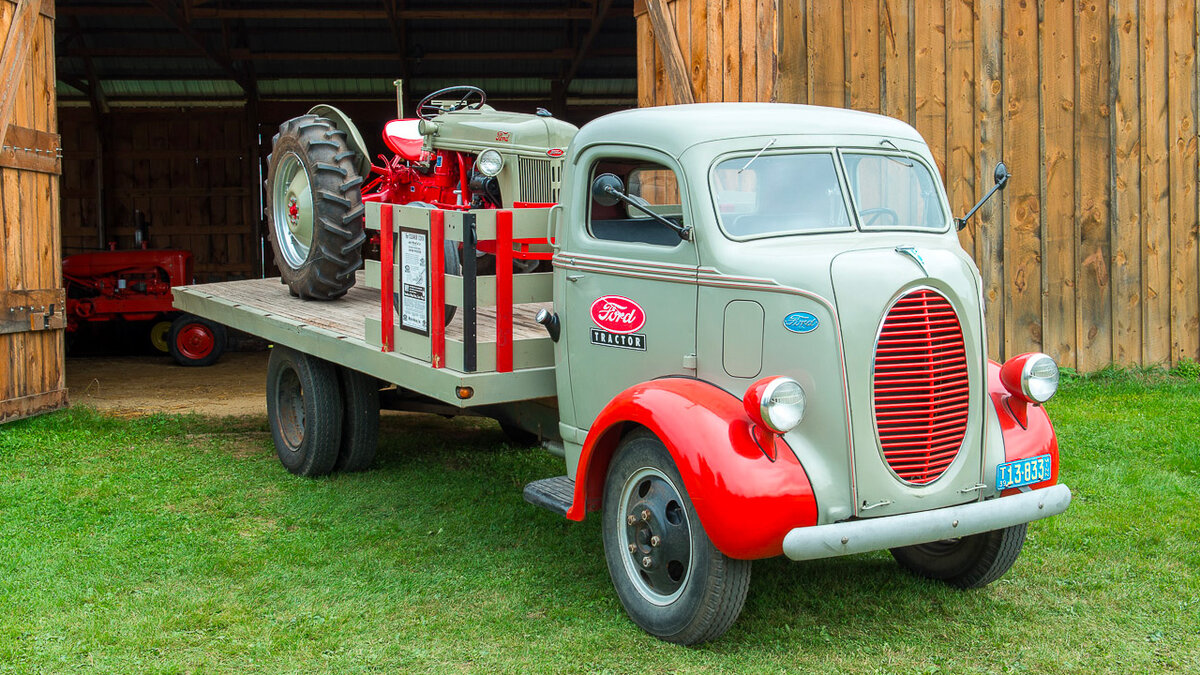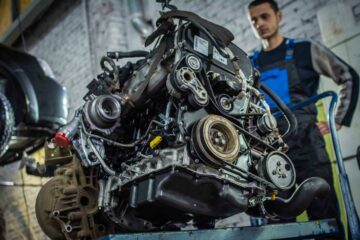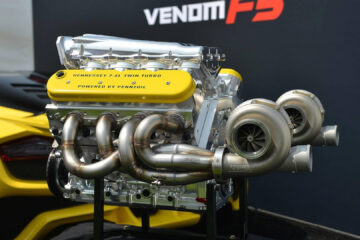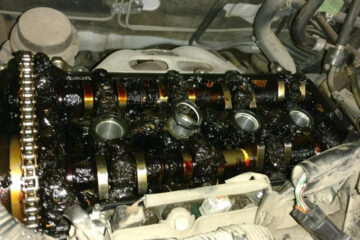Merry-Neville Twin-Engine
Meanwhile, across the Atlantic in the 1930s, America was just beginning to populate its roads with long-haul semi-trucks. But forget the sleeper-cab rigs we know today — back then, sleeping quarters were a luxury, and engine power was barely enough to move the massive trailers. This prompted third-party companies to explore creative ways of increasing power.


In 1939, a company called Grico mounted a second engine behind the cab of a Ford COE truck, powering one of the rear axles. This setup not only doubled the available power but was also practical: the engines were not synchronized, so each could operate independently. If one failed, the truck could still move using the other.
But Merry-Neville, a company based in Delphos, Ohio, took things a step further. In 1940, they introduced a twin-engine Ford truck where both engines were squeezed under the short front hood! Achieving this required modifications to the firewall inside the cabin, but externally, the only real clue was the presence of two gear levers in the cab.


Each engine powered its own axle, producing a total of 190 horsepower. Despite the dual gearsticks, the truck used a single clutch pedal for both engines — making it a bit more driver-friendly.
The exact production numbers of the Merry-Neville Twin-Engine are unknown. Given the turbulent state of the world at the time, it’s unlikely many were built. Official sources suggest none survived to the present day, at least not in original condition.



0 Comments